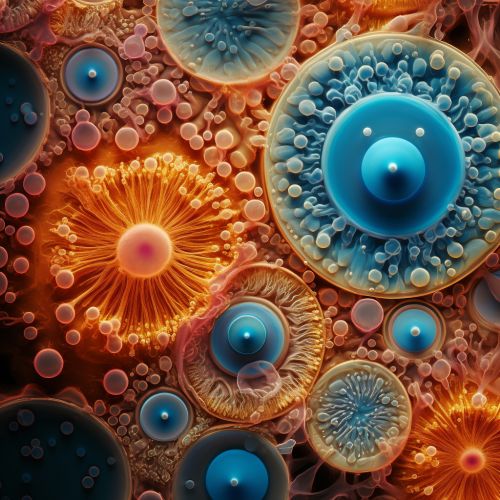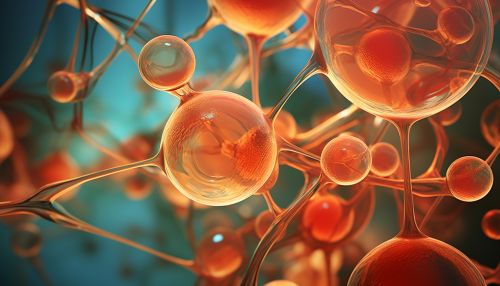Advances in Tissue Engineering with Stem Cells
Introduction
Tissue engineering is a rapidly evolving field that combines the principles of biology, chemistry, and engineering to develop functional substitutes for damaged or diseased tissues. The use of stem cells in tissue engineering has revolutionized the field, offering new possibilities for the treatment of a wide range of diseases and injuries.


Stem Cells in Tissue Engineering
Stem cells are undifferentiated cells that have the potential to differentiate into any cell type in the body. This unique characteristic makes them an ideal source of cells for tissue engineering. There are several types of stem cells, including embryonic stem cells, adult stem cells, and induced pluripotent stem cells (iPSCs), each with their own advantages and limitations.
Embryonic Stem Cells
Embryonic stem cells (ESCs) are derived from the inner cell mass of blastocysts, early-stage embryos. They are pluripotent, meaning they can differentiate into all cell types in the body. This pluripotency makes them a powerful tool in tissue engineering. However, the use of ESCs raises ethical concerns, as they are derived from human embryos.
Adult Stem Cells
Adult stem cells, also known as somatic stem cells, are found in various tissues in the body, including the bone marrow, brain, and skin. They are multipotent, meaning they can differentiate into a limited number of cell types related to their tissue of origin. While they are less versatile than ESCs, adult stem cells do not raise the same ethical concerns.
Induced Pluripotent Stem Cells
iPSCs are adult cells that have been genetically reprogrammed to an embryonic stem cell-like state. This reprogramming allows them to differentiate into all cell types in the body, similar to ESCs. iPSCs offer a promising alternative to ESCs, as they can be derived from the patient's own cells, reducing the risk of immune rejection and avoiding the ethical issues associated with ESCs.
Applications of Stem Cells in Tissue Engineering
Stem cells have been used in a variety of tissue engineering applications, from the regeneration of damaged heart tissue to the creation of artificial skin grafts.
Cardiac Tissue Engineering
In cardiac tissue engineering, stem cells are used to regenerate damaged heart tissue following a heart attack. This is achieved by seeding the stem cells onto a scaffold, which provides a three-dimensional structure for the cells to grow on. The scaffold is then implanted into the heart, where the stem cells differentiate into heart muscle cells, replacing the damaged tissue.
Skin Tissue Engineering
In skin tissue engineering, stem cells are used to create artificial skin grafts for the treatment of burns and other skin injuries. The stem cells are seeded onto a scaffold, where they differentiate into skin cells. The resulting skin graft can then be applied to the wound, promoting healing and reducing the need for donor skin grafts.
Bone Tissue Engineering
In bone tissue engineering, stem cells are used to regenerate bone tissue in cases of fractures, bone diseases, and other conditions that result in bone loss. The stem cells are seeded onto a scaffold, where they differentiate into bone cells. The scaffold is then implanted into the bone defect, where the stem cells form new bone tissue.
Challenges and Future Directions
Despite the significant advances in stem cell-based tissue engineering, there are still several challenges that need to be addressed. These include the risk of immune rejection, the potential for tumour formation, and the ethical issues associated with the use of certain types of stem cells.
In terms of future directions, research is ongoing to develop safer and more efficient methods of stem cell delivery, to improve the survival and integration of the engineered tissues, and to create more complex tissues and organs.
